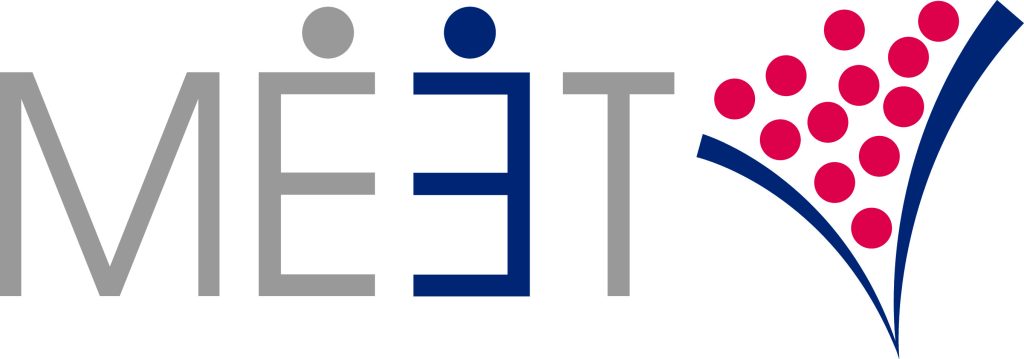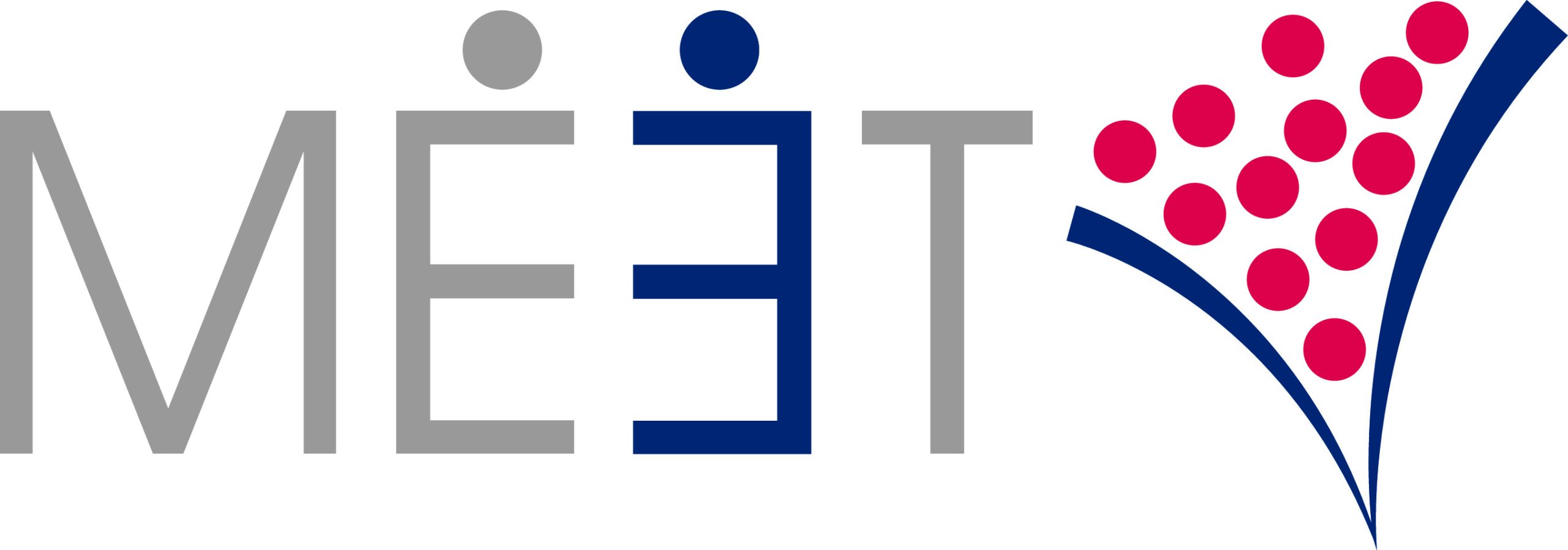Navigate Your Marketing ROI GPS-style
It’s hard to imagine driving these days without GPS. The experience of getting lost or struggling with oversized maps has all but disappeared…and no one is mourning the loss. GPS has fundamentally changed the experience of driving by putting valuable real-time data in the hands of the driver—whether to avoid traffic, find the closest pit stop, or make a drive more scenic. And when it comes to getting from point A to point B, that knowledge is power. At MEET, we like to use the analogy of a built-in GPS system when designing a B2B marketing strategy for our clients. In many of the same ways that GPS systems make smart drivers, building in regular opportunities to collect data and measure results can lead to smarter growth and fewer wasted resources. Not sure what we mean? Try calculating your marketing ROI. The marketing ROI calculation Calculating ROI is a critical measurement for any marketing strategy. On the surface, it’s a fairly easy equation: ROI = Gains – Costs / Cost Essentially, the top of your equation measures what you gained from a marketing activity minus what you spent. As trade show and in-person event specialists, we’ll use these for our example. Placing this delta over your total investment will uncover your ratio of profit to loss. The costs that are entered into your equation fall into two categories: direct and indirect. In the case of a trade show, direct costs are inputs such as entry/exhibiting fees, travel, hotels—basically any and all initial and obvious outlays. Indirect or softer costs include time designing collateral and employee training. Whether direct or indirect, coming up with a total sum of your investments in a particular event should be relatively straightforward. If not, talk to the folks in your accounting department. Calculating gains is a little more complicated There are a number of ways to define success and as such, a number of different ways to calculate it. Fundamental to any approach you take is a clear rationalization of why these metrics are true indications of success for your company. Pitfall alert: trade show marketing managers often think the number of business cards collected is a sufficient measure of trade show success. While this exercise can be useful for anecdotal data, it’s not going to tell you much about ROI. Determining how many people your team engaged (e.g. number of cards) is good to know. To truly inform your trade show and marketing strategy, however, you’ll need to find ways to measure the quality of those individuals as prospects. In the B2B world, first appointments are a great gauge At MEET, we like to use the number of new prospect appointments as a key metric of ROI gains. Recognizing the time it will take to set these appointments, you should aim to collect this data 15-30 days after an event. Note: The criterion for this metric is that these are first appointments with new prospects. We do not count follow-up meetings with existing prospects engaged at a show, though the number of existing prospects who are moved further down the sales funnel is also valuable data. The beauty of this data point is that it’s calculable in a relatively short timeframe, again 15-30 days. The faster you are able to gain a handle on marketing ROI, the better and more empowered your marketing team will be at making smart investments. At MEET, we aim to make calculating marketing ROI as fundamental as getting in your car and throwing on your GPS. By integrating a variety of simple ways to collect valuable data, our clients eliminate the unknowns in their marketing strategy. And with little mystery comes little reason for excuses. So jump in the driver’s seat. For more on how to identify and incorporate metrics into your marketing strategy, check out our recent webinar: Benchmarks, Goals, Metrics and ROI, Everything You Need to Know About Measuring Trade Show Results. To check out all of MEET’s webinar content on how to successfully scale your company in the U.S. market, visit our YouTube Channel. About MEET (meetroi.com) helps international B2B growth companies soft-land and scale in the U.S. through trade shows and in-person events. MEET’s processes help its clients ramp-up sales quickly and maintain a steady stream of high-quality prospects going forward. Contact Bill Kenney for a no-obligation conversation: bill@meetroi.com or +1 (860) 573-4821.

